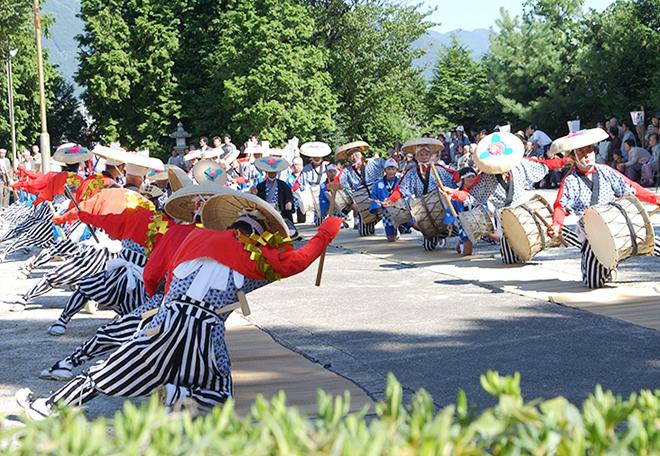A Culture of Water and Prayer
Feeling gratitude for the blessings of water, people have come to revere water and believe that something spiritual lies in its purity. Taking the rich, sparkling, sky blue waters of Lake Biwa as the "water pure land" (Eastern pure land), following the teachings of the "medicine Buddha" Yakushi Nyorai (Bhaisajyaguru) has led to many shrines and temples being erected in the vicinity of Lake Biwa.
Furthermore, there are shrines with torii gates standing in the lake, and festivals in which mikoshi shrines are sent out onto the water, clearly showing that the god residing in Lake Biwa is still worshipped to this day.
Mt. Ibukiyama, the tallest peak in Shiga, has long been said to be the home of a "water god," and a faith has been passed down by the raft riders transporting timber along the Adogawa River in the west part of the prefecture for protection from water demons. Indeed, the culture of prayer as linked to water remains strong within the prefecture even today.


Cultural assets comprising the "Culture of Water and Prayer"
-
18
Hieizan Enryakuji Temple
-
19
Mii-dera Temple (Onjoji Temple)
-
20
Sanno Head Shrine Hiyoshi Taisha Shrine
-
21
Chomeiji Temple
-
22
Isakiji Temple
-
23
Shirahige-jinja Shrine
-
24
Shikobuchi Faith
-
25
Nakasendo Road Samegaijuku (Jyuousui, Jizokawa River)
-
26
Western Slope of Mt. Ibukiyama
-
27
Asahi Honen Taiko Odori Dance and Mt. Ibukiyama Foothills Taiko Odori Dance & Shrine Dedication
-
28
Saikyo-ji Temple
-
29
Chikubushima Island
-
30
Takebe Taisha Shrine
-
31
Ukimido (Mangetsuji Temple)
-
32
Hyozu-taisha Shrine and the Yatsugasaki Ritual
-
33
Omi Kenketo Festival / Ritual of Cutting Funazushi with a Long Knife
-
34
Kusatsu Sanyare Dance(Yakura / Shimogasa / Kataoka / Natsuka / Shina / Yoshida / Shinanaka)
-
35
Jigen-ji Temple
